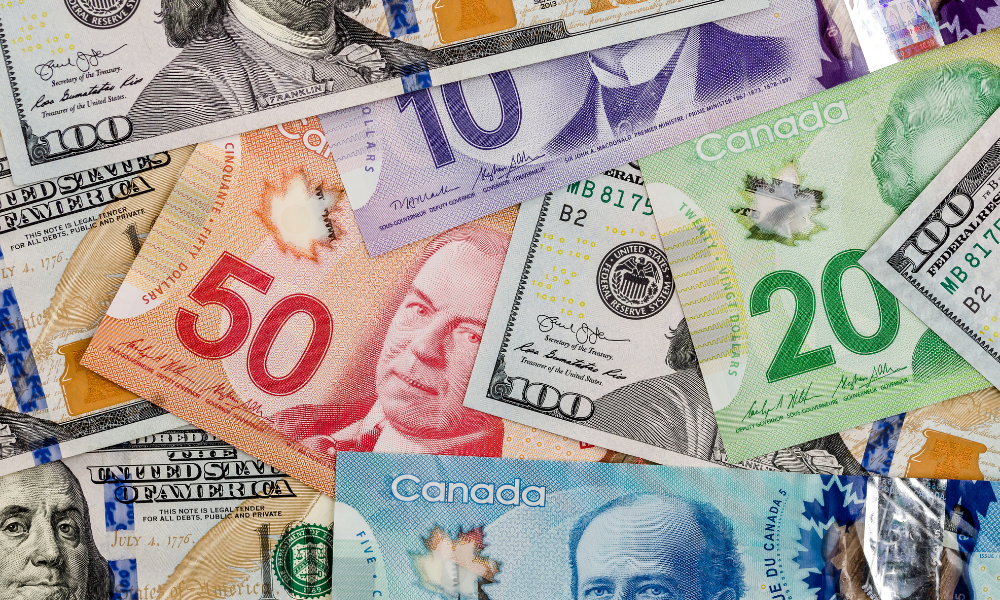Experts see weak loonie through 2024 but expect a potential rebound with trade negotiations in 2025

The Canadian dollar, which hit a four-year low last week, continues to show weakness despite a slight recovery on Monday, when it traded at US$0.7118.
BNN Bloomberg reports that the loonie has dropped nearly four percent from September levels, reaching its lowest point since the early days of the COVID-19 pandemic.
Experts, including Katherine Judge, director and senior economist at CIBC Capital Markets, anticipate that the loonie will hover around current levels for the rest of the year.
“We haven’t seen these levels in a long time. I think we have certainly breached a level that is worrisome,” Judge said, pointing to a combination of factors and uncertainties impacting the currency in the months ahead.
The US dollar’s surge, driven by Donald Trump’s re-election as US president, has further weighed on the loonie.
Trump’s promises to introduce sweeping tariffs on all US imports have strengthened the US dollar against several foreign currencies, including Canada’s.
Judge suggested that the loonie could fall even further if tariffs appear likely. “There’s a lot of factors at play and a lot of uncertainty over the next few months,” Judge added, highlighting the looming impact of Trump’s proposed tariffs.
About 75 percent of Canada’s total exports head to the US, making the Canadian economy particularly vulnerable to these proposed measures.
Judge noted that while tariffs could weaken the loonie further, negotiations might mitigate their impact.
“But if it looks like we could negotiate our way out of those tariffs, it’ll be a near-term weakness with some recovery next year — which is really our base case,” she said.
The currency’s struggles also reflect the interest rate gap between Canada and the US. The Bank of Canada has lowered interest rates more quickly than the US Federal Reserve to avoid a recession.
This move responds to the weaker performance of the Canadian economy compared to its southern neighbour.
Judge explained the potential risks of this divergence. “The general worry is if the Canadian economy gets hit with tariffs and our exports are very weak, the Bank of Canada will have to cut rates even further to support the domestic economy,” she said.
She also pointed out that integrated supply chains between Canada and the US could discourage tariffs, as such measures may harm American businesses as well.
The loonie’s low value benefits Canadian exporters by making goods more competitive in US markets but increases costs for businesses relying on imports. It also raises travel expenses for Canadians.
“You want the Canadian dollar low enough that it’s an attractive place for firms to invest and hire at a competitive wage, but you don’t want it so low that you start importing inflation,” Judge explained, cautioning about the risks of prolonged weakness.



